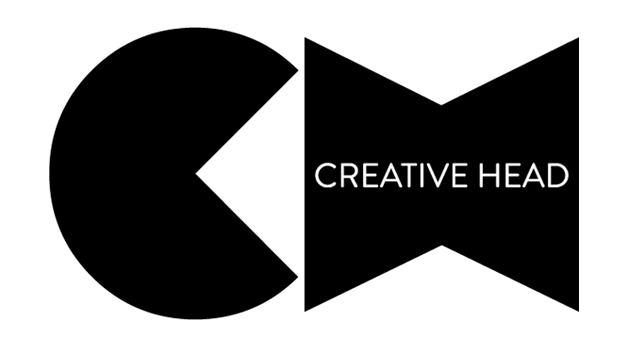Self-Employed? This Is How To Nail Your Tax Return
If you hate maths, we have the tips on ensuring your tax return is less of a headache
by AMANDA | CONNECT
Tax can be a headache if you’re self-employed. Unlike being employed, where tax is automatically sent to HMRC from your payslip, sole traders must declare, calculate and pay tax manually via self-assessment. It can be daunting when you’ve not done it before. TaxScout’s head of finance, Francesca Morante, shares how to make it less of a headache with four tips to help you tackle your tax return.
Understand The Tax Year And Deadlines
The tax year runs from April to April: 6 April to 5 April.
This means that a single tax year takes place between two calendar years e.g. 2024/25. Your earnings, profits and taxes are calculated based on this period. Check out the table for an example of how this impacts your tax return:
| BUSINESS START DATE | TAX YEAR | DEADLINE TO FILE TAXES |
| 1 November 2023 | 2023/24 | 31 January 2025 |
| 1 April 2024 | 2023/24 | 31 January 2025 |
| 30 April 2024 | 2024/25 | 31 January 2026 |
You have nine months from when a tax year ends to file and pay your self assessment bill. Put these key dates in your diary:
- 6 April: the start of the tax year
- 5 October: the deadline to register for self-assessment
- 31 January: the deadline to file and pay your self assessment
- 5 April: the end of the tax year
Get Familiar With The Taxes You Owe
As a self-employed person, you owe two major taxes – income tax and National Insurance. What you pay depends on your total earnings. The more you make, the more you pay. Here’s how HMRC charges income tax:
| EARNINGS PER YEAR | TAX BAND | TAX RATE |
| Less than £12,570 | Personal allowance | 0% |
| £12,571 – £50,270 | Basic rate | 20% |
| £50,271 – £125,140 | Higher rate | 40% |
| More than £125,141 | Additional rate | 45% |
When it comes to National Insurance, there’s only one tax the self-employed pay, known as class 4 National Insurance. It’s fairly straightforward; on any income that’s more than £12,570 per year, you pay:
-
6% on your profit between £12,570 and £50,270
2% on your profit of £50,271 or more
Maths not your favourite? Don’t worry! Try this income tax calculator instead to estimate what you owe.
Learn The Vocab: Earnings, Expenses And Profits
Wording is important, especially in tax. Earnings and profit are often used interchangeably, but they don’t mean the same thing. And they’re super-important when it comes to your bill.
- Earnings – this is everything you earn; all the money you make before any tax-free allowances, reliefs or other deductions
- Profit – your earnings minus allowances, reliefs and deductions
- Expenses – when you spend on your business. These can include accounting costs, hairdressing equipment and products etc, and you can deduct these from your total earnings to only pay tax on profit. These deductions are known as expenses
Claim The Trading Allowance
Did you know that sole traders don’t have to pay tax on the first £1,000 of earnings? It’s known as the trading allowance. Claim it in addition to the first £12,570 of your income that’s income tax and National Insurance free.
However, it’s only worth claiming if your expenses for the year total less than £1,000. This is because you can’t claim both expenses AND the trading allowance – it’s one or the other. So, claim whichever is higher: this will bring down the cost of your tax bill.
Worried About Mistakes? Get An Accountant
Staying on top of your tax situation isn’t only for the sake of good organisation. HMRC is vigilant when it comes to tax debt and mistakes made on your self assessment. There are penalties for missing deadlines, paying late and incorrect calculations.
So, many self-employed workers opt to work with a professional accountant instead of tackling HMRC online solo. The benefits of using an accountant vs DIYing your tax return are:
- Reduced stress of having to educate yourself about tax
- Avoiding common mistakes that result in fines
- Keeping your bill as low as possible by claiming relevant allowances and expenses
But traditional accounting practices can be costly. TaxScouts.com try to combine the best of both. Your own accountant, a straightforward, 100 per cent online process – all for £169.
Filing A Tax Return In January 2025?
If you started your self-employed business anytime before 6 April 2024, you probably need to file a tax return for the 31 January deadline. The sooner you kick off, the sooner it’s sorted. File with TaxScouts by 31 January 2025 and you can get 10 per cent off your tax return.
Visit taxscouts.com/partnership-creative-head. Need a little more help? Contact support@taxscouts.com.









